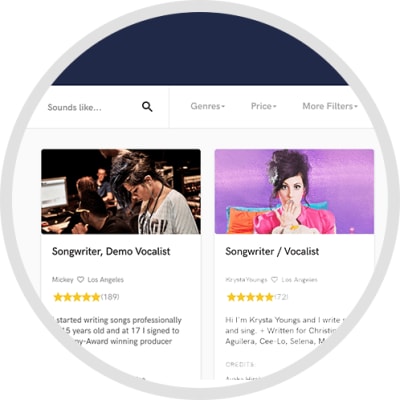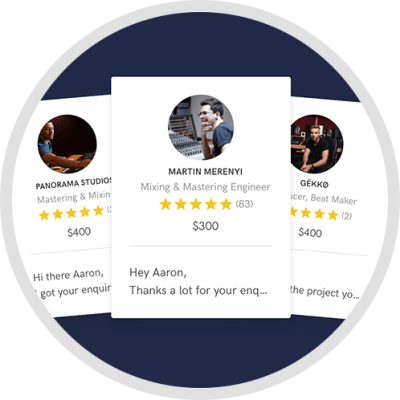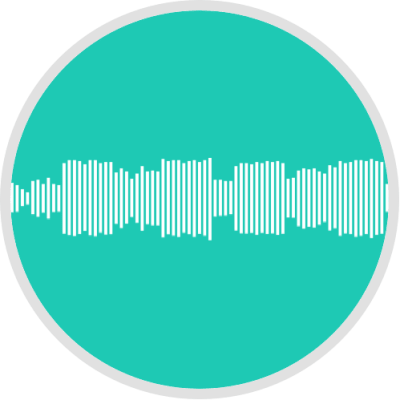
100 Million records sold. 6 Billion Streams. Grammy-nominated. You've danced or made out to songs I've mixed.
I am a GRAMMY-nominated music producer, mixing/mastering engineer, and sound designer whose work has defined genres and shaped iconic records and films for over three decades.
My mixing portfolio includes legendary albums such as Beck's Midnite Vultures and The Notorious B.I.G.'s Life After Death, along with scores for Academy Award-winning films like David Fincher's The Social Network and The Girl with the Dragon Tattoo. My work spans music icons like Black Rebel Motorcycle Club, She Wants Revenge, and Trent Reznor, as well as celebrated film directors like David Fincher and Michael Mann.
In addition to my studio work, I have a deep history in live music production and immersive events, blending cutting-edge sound design with experiential storytelling, both of which inform how I mix and produce albums.
My Artistic Mission Statement:
As what I like to call, a realist collage artist, I weave together the textures of lived experience—music, ritual, and cultural fragments—into immersive narratives that bridge the seen and unseen, the tangible and the transcendental. Through curation and creation, my work transforms the familiar into the extraordinary, crafting a mosaic of real-life imbued with meaning and connection.
I'd love to hear about your project. Click the 'Contact' button above to get in touch.
Credits
Interview with Michael Patterson
Q: Is there anyone on SoundBetter you know and would recommend to your clients?
A: Tim Palmer and Darrell Thorpe 100%
Q: Analog or digital and why?
A: Both! Why limit art?
Q: What's your 'promise' to your clients?
A: You will be happy with where we end up.
Q: What do you like most about your job?
A: The people and the creativity.
Q: What questions do you ask prospective clients?
A: Tell me the story of the song. Tell me the inspiration for it sonically. Make me a playlist of your influences.
Q: What advice do you have for a customer looking to hire a provider like you?
A: Go with your gut feeling?
Q: If you were on a desert island and could take just 5 pieces of gear, what would they be?
A: A solar power generator A computer with every plugin and DAW imaginable Starlink for internet access An interface with a channel strip built-in A Shure SM58 microphone
Q: How would you describe your style?
A: Delicate yet bombastic.
Q: Which artist would you like to work with and why?
A: I’ve worked with most of the artists I’ve wanted to, and now I’m focused on working with the future of music, not the past.
Q: Can you share one music production tip?
A: Edit your drum samples based on how they feel when you hit the pad, not how they look visually on the screen at the edit points.
Q: What type of music do you usually work on?
A: I work on all kinds of music and have grown up loving a wide variety. Having hippie parents exposed me to everything from Miles Davis to The Rolling Stones to Kraftwerk. They owned head shops when I was a kid, and I got to meet all sorts of artists and even visit studios with them. That early exposure gave me a deep appreciation for different genres. I’ve had success in pretty much every genre.
Q: What's your strongest skill?
A: It’s probably my ability to interpret what the artist is saying they want and what I hear coming out of the speakers, then translating that into something cohesive—something they couldn’t achieve on their own.
Q: What do you bring to a song?
A: I bring a vision based on what I’m hearing, informed by years of consuming culture. That includes albums I’ve listened to, live shows I’ve experienced, and visual arts or other creative moments that have shaped my understanding. My goal is to mix the song in a way that feels right to me because if I like it, the artist usually does too. If they don’t, we adjust it until they do.
Q: What's your typical work process?
A: I usually send out a document asking for files to be delivered in a specific way, depending on the DAW. My assistant or I will prep the session to match how I like to work. Once the session is ready, I start mixing. After I get the mix to a good place, I send it to the artist for notes. We’ll go back and forth until it’s perfect. At that point, I’ll send the finalized files off to mastering and provide the artist with stems or WAV files from beat one of the finished mix.
Q: Tell us about your studio setup.
A: My studio setup is a hybrid analog-digital setup, equipped for surround, Atmos, and stereo mixing. I use JBL and Barefoot monitors along with NS-10s and Auratones. I’ve curated a collection of select analog pieces that I’ve kept over the years, though plugins are now about 99.9% there in terms of matching analog gear. If I need something specific, I’ll rent out a studio for an hour or two to use a console, specific outboard gear, room chambers, or a live room.
Q: What other musicians or music production professionals inspire you?
A: When it comes to mixing, you can't beat Bob Clearmountain, Andy Wallace, Neil Pogue, or the Lord-Alge brothers. Rich Costey and Joe Barresi are also incredible. These are the people I pay close attention to sonically. You also have to mention Serban Ghenea—he's untouchable. For producing, Mike Dean, Daniel Lanois, Rick Rubin, and Andrew Wyatt are the bomb!
Q: Describe the most common type of work you do for your clients.
A: It’s 70% mixing album and singles, 20% mixing film and TV scores, and 10% production.

I was the Mixer in this production
- Mixing EngineerContact for pricing
- ProducerContact for pricing
- Dolby Atmos & Immersive AudioContact for pricing
- Surround 5.1 MixingContact for pricing
- Post MixingContact for pricing
Unlimited revisions because it’s your art—crafted through my ears and shaped by my vision for your song. Ultimately, your happiness is what matters most as your art will live forever.



